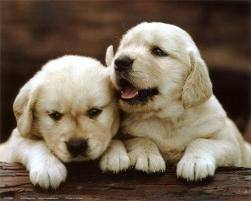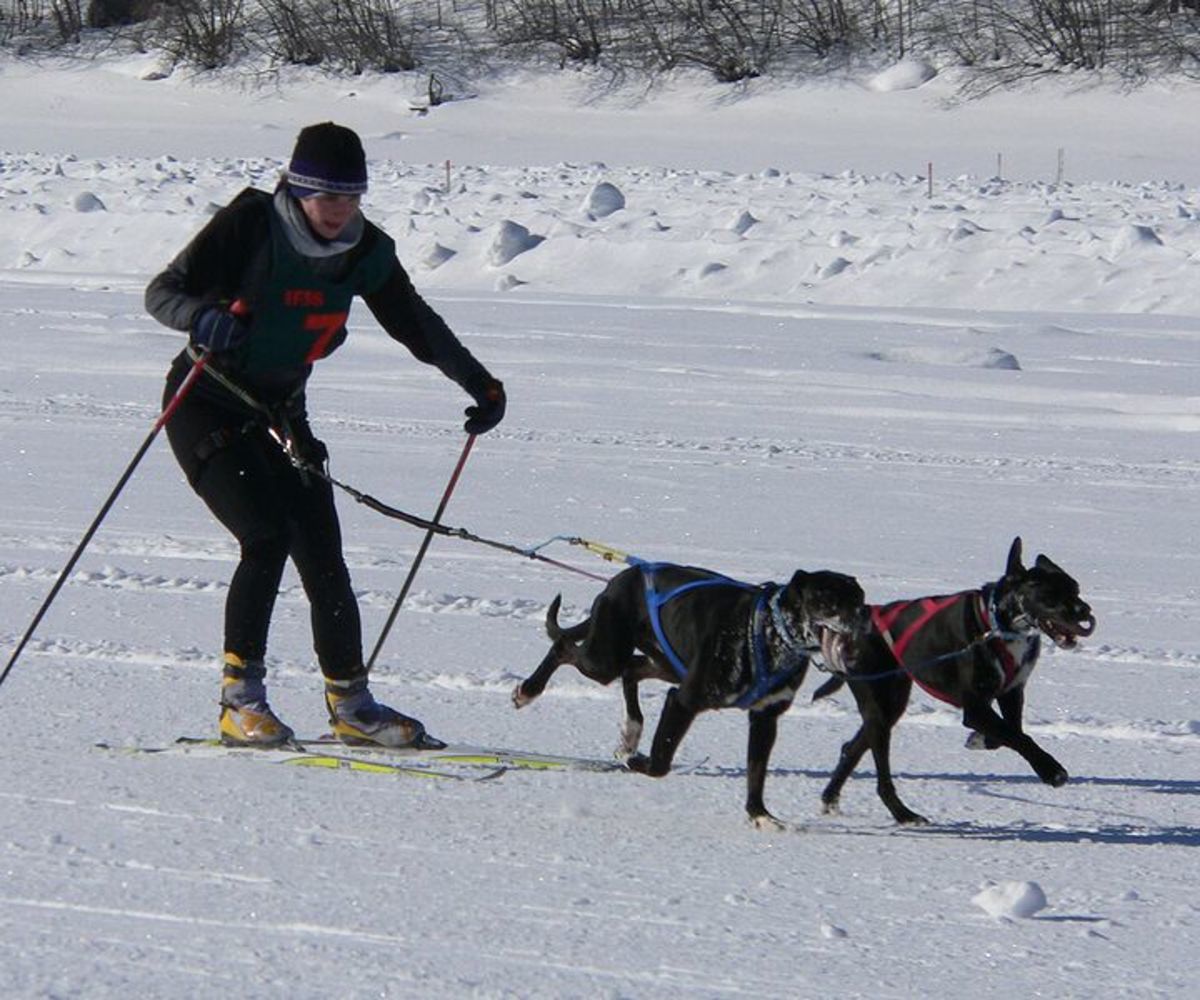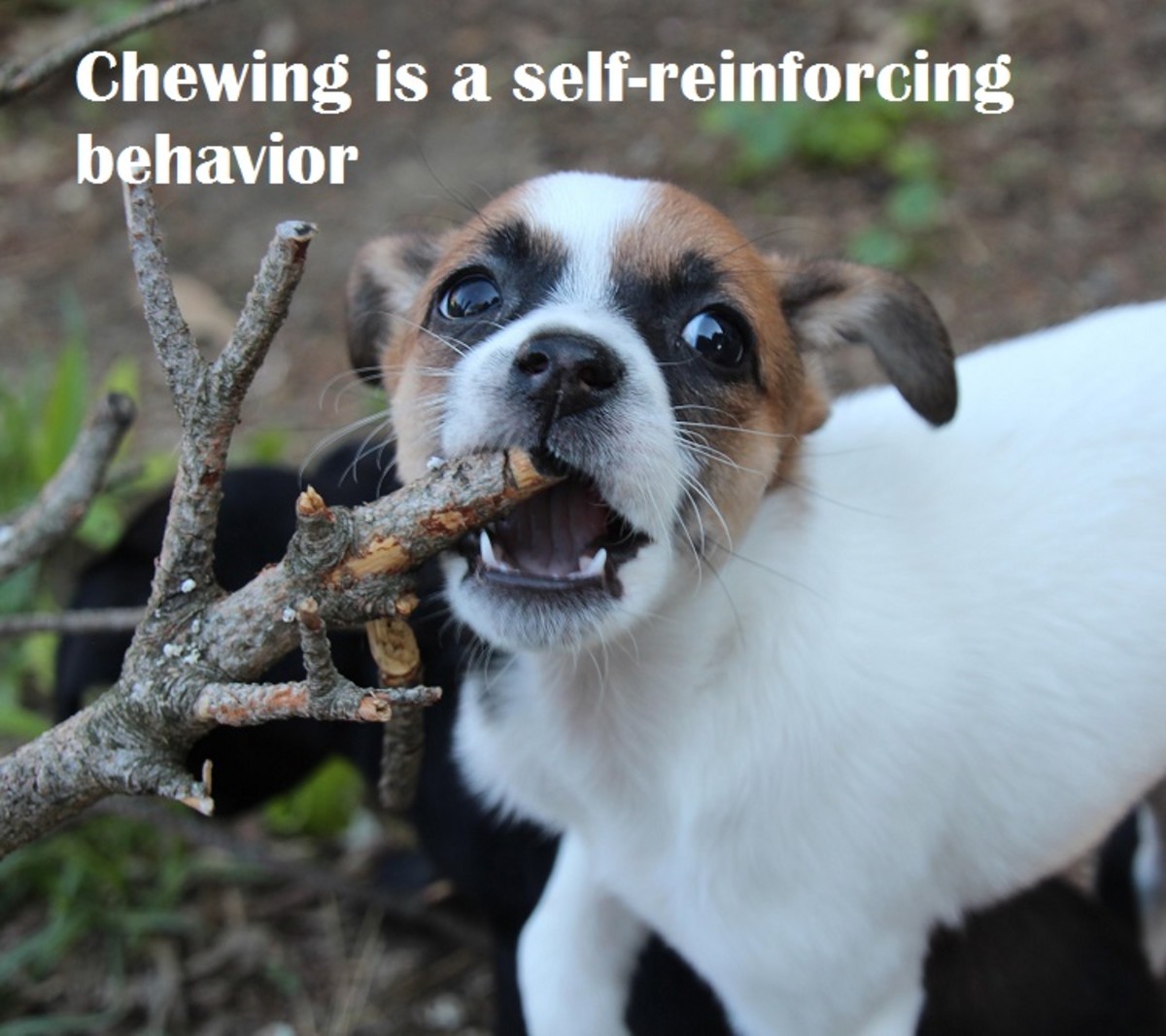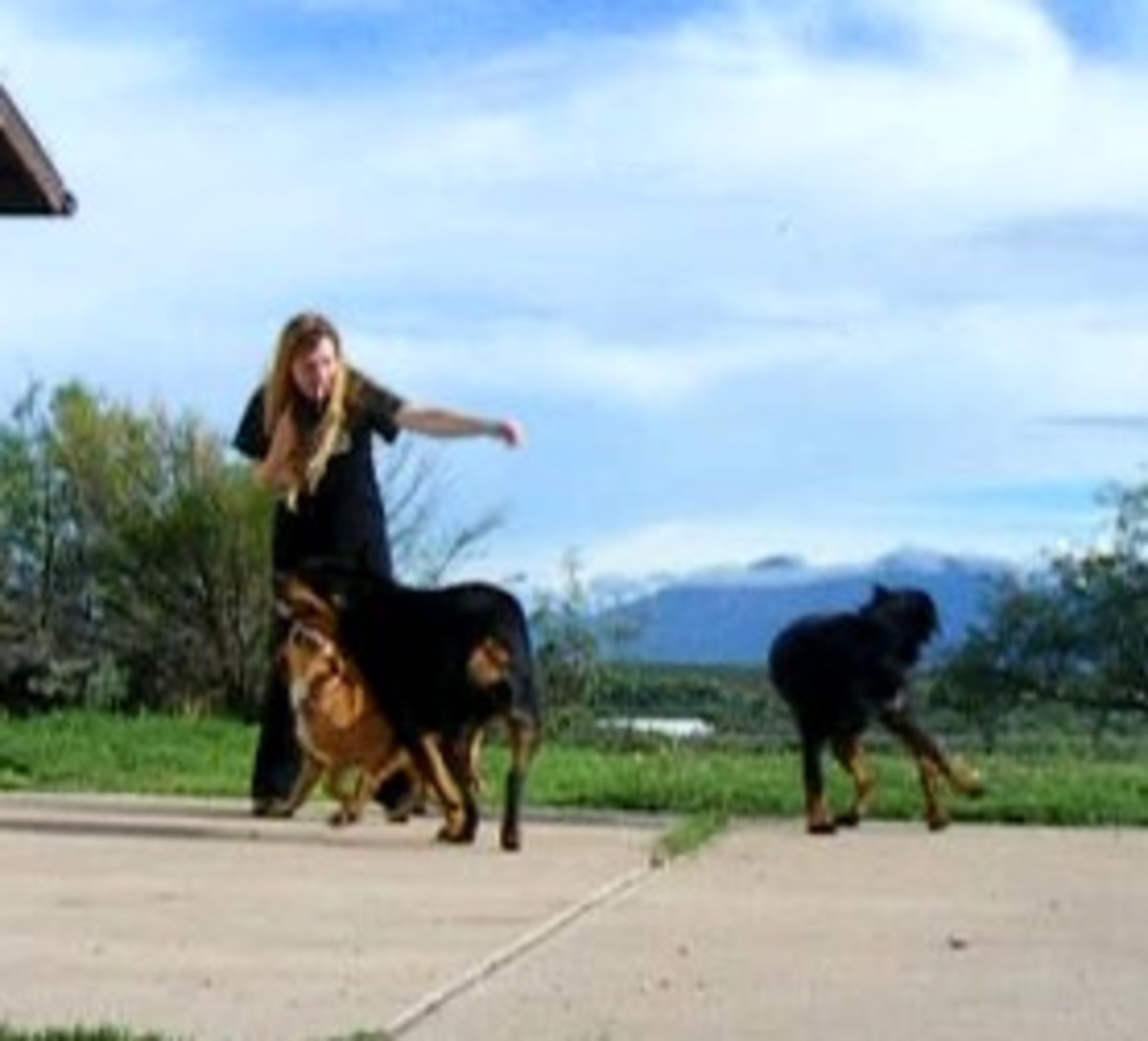Dog Training: For Human's sake

Valuable tips for dog training
Can playing fetch go too far for healthy development?
I JUST VISITED someone with a youngish springer pup that had recently solidified his retrieving, but was not doing well stretching his retrieves to longer distances.
For this issue, we will take retrieving beyond last issue's lessons where we started from scratch with a very young dog. Lengthening land retrieves will be our primary focus. Whether one has a fairly young dog (six to 18 months) or one with a couple of seasons afield, there is still time for training or brushing-up before waterfowl and pheasant seasons are underway.
This is a good time to stop and consider the role of spaniels in hunting. What follows concerning our spaniel's mission is not only my opinion, but also encompasses the traditional usage of spaniels in the field.
I believe in using spaniels for water work, especially along small creeks, more than the traditionalist, though not nearly as much as some who would turn their spaniels into non-slip retrievers, which are generally retrieving breeds specializing in water retrieves from a blind or the "heel" position.
Freeman Lloyd, longtime kennel editor for Field & Stream magazine, wrote in 1930 in Spaniels and Their Training, "Spaniels like to hunt in swampy places where there is plenty of water, slush and here and there tussocks of marsh grass ... and close to cultivated meadows." He also quoted two lines from a poem written in 1671:
"The Feasant cock the woods do most frequent. Where spaniels spring and search for him by scent."
Lloyd views the spaniel's primary workplace as on land.
Using ground scent, spaniels are meant to traverse all the ground and cover within gun range and flush birds for its owner; land work is the primary function of a spaniel. Spaniels should also retrieve all shot birds, including birds falling in or across water found adjacent to the area of a normal day's hunt. A normal day's hunt is not meant to focus on water, though water could be peripheral to the hunt.
Q&Aecently I've seen several references in Gun I Dog to dogs becoming overheated, and I'd like to get some specific guidelines. So please tell me if there are times when the weather is so hot or so cold that you hold back or refuse to run your hunting dogs. While you're at it, what temperature is "ideal" to give a bird dog the chance to do his best work and absorb training? (Iowa)
A (Answer) I'll be as unequivocal as I'm able. The answer to your first request is: Yes, definitely. To answer your second question: halfway between 35 and 65 degrees Fahrenheit. Work is likely to be better, and there is much less risk to the dog at a few degrees under the freezing mark than approaching-comfortable-for-humans summer readings. But allow me a bit of wiggle room, please.
Don't use heat or cold as an excuse for not doing needed training or getting in some hunting, whether locally or on a trip. Just use good judgment about how long and how hard you hunt, as well as obviously extenuating circumstances: availability of wallowing and drinking water, exposure to chilling winds, humidity and so on.
Generally, when you can tough it out, your gun dog will be able to handle it, too. But if you're uncomfortable enough to complain, chances are your dog is more than mildly miserable and won't be as sharp as he is in the 40- to 60-degree range. He should be given consideration, picked up and transported on dry bedding to avoid discomfort, illness or death.
Although too much muggy heat disables and kills more gun dogs than chill and cold, let's use some actual examples to explain why I don't go out in temperature extremes and refuse to expose dogs to deleterious conditions that could contribute to a disappointing hunt or endanger their welfare.
When I was taking out customers on released bird hunts, I was adamant about one thing: My dogs were not used if the temperature dropped below -10 degrees. I'd tell clients, "I'll take you out if you just have to do some shooting--but without dogs."
Dominance or insecurity? Mistaking one for the other can have tragic results.(Fixing Behavior Problems)
BACKGROUND TO PROBLEM The breeder contacted me about a 15-month-old male retriever from his most recent litter, saying the dog had aggression issues with food. He said he had personally observed the dog in the home, in the field while hunting with other male dogs, training with other dogs present as well as people, and while walking in a dog park with other dogs and people, including children, with no hint of aggression problems.
He contacted all the owners of the other pups from this large litter with none of them reporting any aggressive tendencies. Only this one dog growled when being led, which had escalated to snarling and then to vigorously defending his food when it was put down for him.
The owner tried to correct the dog by grabbing him over the muzzle and removing him from his food by hauling him hack by his collar while verbally reprimanding. This action seemingly resulted in the rapid escalation of the problem.
I spoke to the owner of the dog by phone, and he verified what the breeder had written and answered other questions about the dog's home life. The owner added a major reason for concern--the imminent adoption of a two-year-old boy. There were no other children in the home.
Making things more precarious, the dog was to be sent to a trainer for several weeks for finishing while the owner was away finalizing the adoption process. Two weeks later, the report from the trainer was forwarded to me.
The trainer and his kennel people could not safely feed the dog, as he growled and snarled first when food was put down, later when they were just approaching and eventually escalating to where he would not allow them to enter his kennel. They had to resort to locking the dog into the outside run and putting the food inside before allowing him to re-enter after they were safely out of the kennel. However, the dog then started urinating into adjacent pens through the wire.



